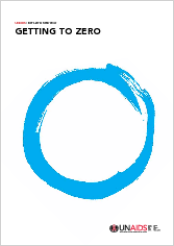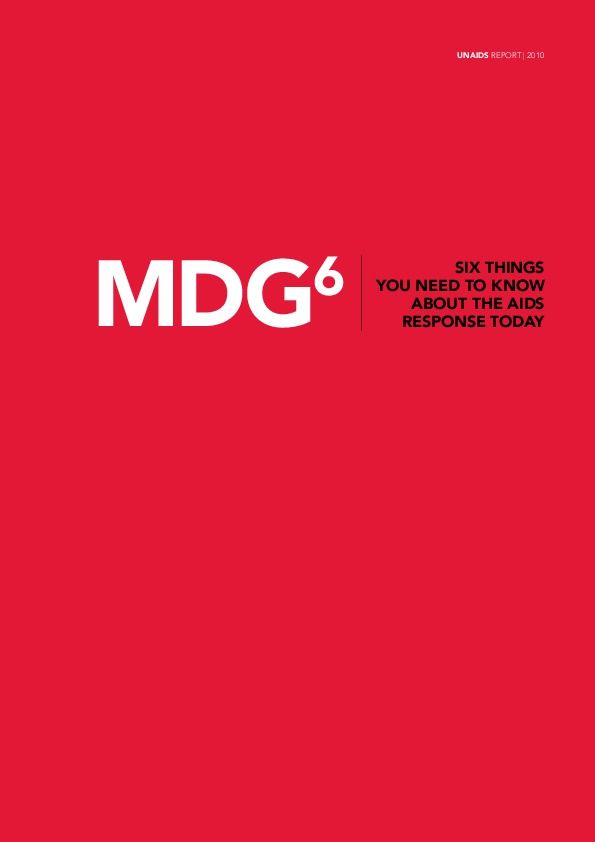Documents
We can prevent mothers from dying and babies from becoming infected with HIV
31 October 2010
HIV has a significant impact on maternal, infant and child health and survival. Globally, the proportion of people living with HIV who are women has remained stable at around 50%, but women have a disproportionate share of HIV infection, especially in sub-Saharan Africa, where an estimated 60% of people living with HIV are female. HIV is now the leading cause of mortality among women of reproductive age worldwide, with HIV-related maternal mortality rates increasing and surpassing other causes.
Documents
Regard sur l'épidémie du VIH dans les pays francophones
15 November 2010
Levier de la riposte au sida, l’ONUSIDA s’emploie à bâtir l’action politique et à promouvoir les droits de tous les individus afin d’obtenir de meilleurs résultats pour la santé et le développement dans le monde. Il fixe des orientations au niveau mondial et incarne la source des données relatives au VIH. Dans les pays, le Programme commun rassemble les ressources du Secrétariat de l’ONUSIDA et de 10 organisations du système des Nations Unies pour des activités coordonnées et responsables visant à unir le monde contre le sida.
Documents
AIDS Scorecards
23 November 2010
Documents
UNAIDS Report on the Global AIDS Epidemic 2010
23 November 2010
The 2010 edition of the UNAIDS Report on the global AIDS epidemic includes new country by country scorecards on key issues facing the AIDS response. Based on the latest data from 182 countries, this global reference book provides comprehensive analysis on the AIDS epidemic and response. For the first time the report includes trend data on incidence from more than 60 countries.
Documents
We can support the ability of men who have sex with men, sex workers and transgender people to protect themselves from HIV infection, achieve full health and realize their human rights
01 December 2010
In every region of the world, high HIV prevalence (of 5% or more) has been documented among men who have sex with men, sex workers and transgender people. This is the case not only in countries known to have concentrated epidemics but also in countries (largely in east and southern Africa) with generalized epidemics.
Documents
UNAIDS 2011–2015 Strategy: Getting to zero
21 December 2010
Documents
MDG6: Six things you need to know about the AIDS response today
21 December 2010
There is a lot to be hopeful for as we approach the milestone of reaching the Millennium Development Goals by 2015. Much has been achieved—fewer people are dying of AIDS-related illnesses and the rate of new HIV infections has fallen by more than 17% since 2001. Recent breakthroughs in HIV prevention research – such as a woman initiated and controlled microbicide gel combined with the increasing scale up of male circumcision—hold promise for both women and men to protect themselves from HIV.
Documents
We can ensure that people living with HIV receive treatment
01 January 2011
As the number of people living with HIV worldwide continues to grow, HIV-related illness remains a leading cause of death. It is likely to continue to be a significant cause of premature mortality in the coming decades. Antiretroviral therapy (ART) enables people to regain control over their lives, dignity, productivity and employment and contributes to reducing further transmission of HIV and tuberculosis (TB). People living with HIV have a basic human right to equitable access to quality, efficient and sustainable interventions for HIV prevention and treatment.










